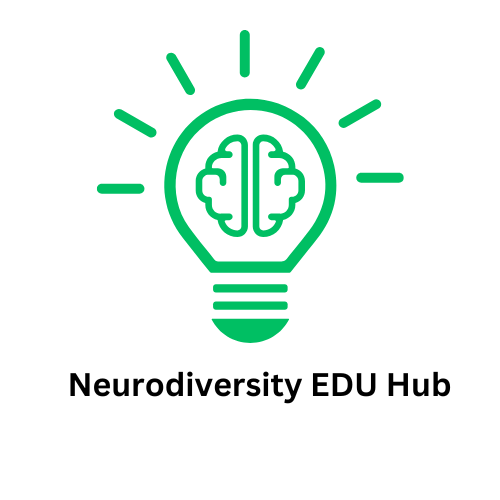
Enhancing Marriages with Neurodivergent Perspectives
In today’s diverse relational landscape, neurodivergent couples, particularly those including individuals on the autism spectrum or with ADHD, face unique challenges. Luckily, more and more therapists are stepping in with tailored strategies that foster understanding and enhance communication. During a recent enlightening podcast episode, an autistic therapist shared tools specifically designed to improve the dynamics of neurodivergent marriages. This article expands on those insights, combining them with expert perspectives to provide a comprehensive guide for couples navigating their journey together.
Understanding the Neurodiverse Relationship Landscape
According to research, couples where one partner has ADHD or autism spectrum disorder (ASD) often face greater challenges than their neurotypical peers. For instance, ADHD has been associated with a notably higher divorce rate — three times that of neurotypical individuals. The emotional dysregulation that often accompanies ASD can make conflict resolution particularly tricky. However, the strengths found in these relationships can lead to profound connections. With proper understanding and tools, these couples can flourish.
Core Strategies for Marital Harmony
The therapist shared five effective strategies that can transform communication and appreciation in neurodivergent partnerships:
- Listening Without Assumptions: Many partners in neurodivergent relationships cite feeling unheard as a significant issue. Instead of expecting partners to inherently understand each other's emotional cues, creating a structured communication system can substantially improve interactions. The therapist emphasized moving discussions to less distracting environments and being explicit about what one needs to feel listened to.
- Expressing Appreciation: It's all too easy to fall into patterns of negativity, especially in times of stress. Couples should actively express appreciation for each other, recalling what initially drew them together, thus fostering a more positive atmosphere.
- Recognizing Different Stimuli Needs: Neurodivergent individuals may have distinct preferences for handling conflicts. Understanding these differences can remove unnecessary friction. If conflict resolution looks different for both partners, creating checkpoints can ensure that each partner feels respected.
- Celebrating Differences: Instead of viewing neurodivergent traits as burdens, couples should recognize and celebrate these differences. They often bring unique insights and perspectives that enrich the relationship.
- Negotiating Social Preferences: Social preferences vary widely in neurodivergent couples. Some partners may crave solitude while others thrive on social engagement. By acknowledging and respecting these distinct needs, couples can strike a harmonious balance.
Therapeutic Approaches Tailored for Neurodivergence
The design and approach of therapy can significantly impact relationships. Specialized modalities like Emotionally Focused Therapy (EFT) and the Gottman Method prioritize understanding emotional connections and enhancing communication skills. As suggested by the podcast and supported in related literature, it’s essential to find therapists who are familiar with neurodiverse dynamics. These professionals can employ personalized techniques to foster healthier relational patterns and better emotional safety.
Embracing the Journey of Understanding
The road to mutual understanding in neurodivergent relationships requires constant effort and commitment. Couples should practice active listening, openly expressing their feelings and addressing challenges head-on. By working together and engaging in the therapeutic process, couples can build a strong foundation, enhancing their relational resilience and deepening their emotional connection.
Moving Forward Together
This journey isn’t solely about strategies but about establishing a baseline of trust and love. Couples should recognize challenges as opportunities to grow together, ultimately creating a space where both partners can thrive. Whether through therapy or mutual support, every step taken in understanding one another sets the groundwork for a fulfilling and harmonious partnership.
To foster stronger connections and discover effective strategies for a healthier relationship, consider exploring expert resources on neurodiversity and couples therapy. Nurturing your marriage with these insights could be the first step towards a more resilient alliance.
 Add Row
Add Row  Add
Add 




Write A Comment